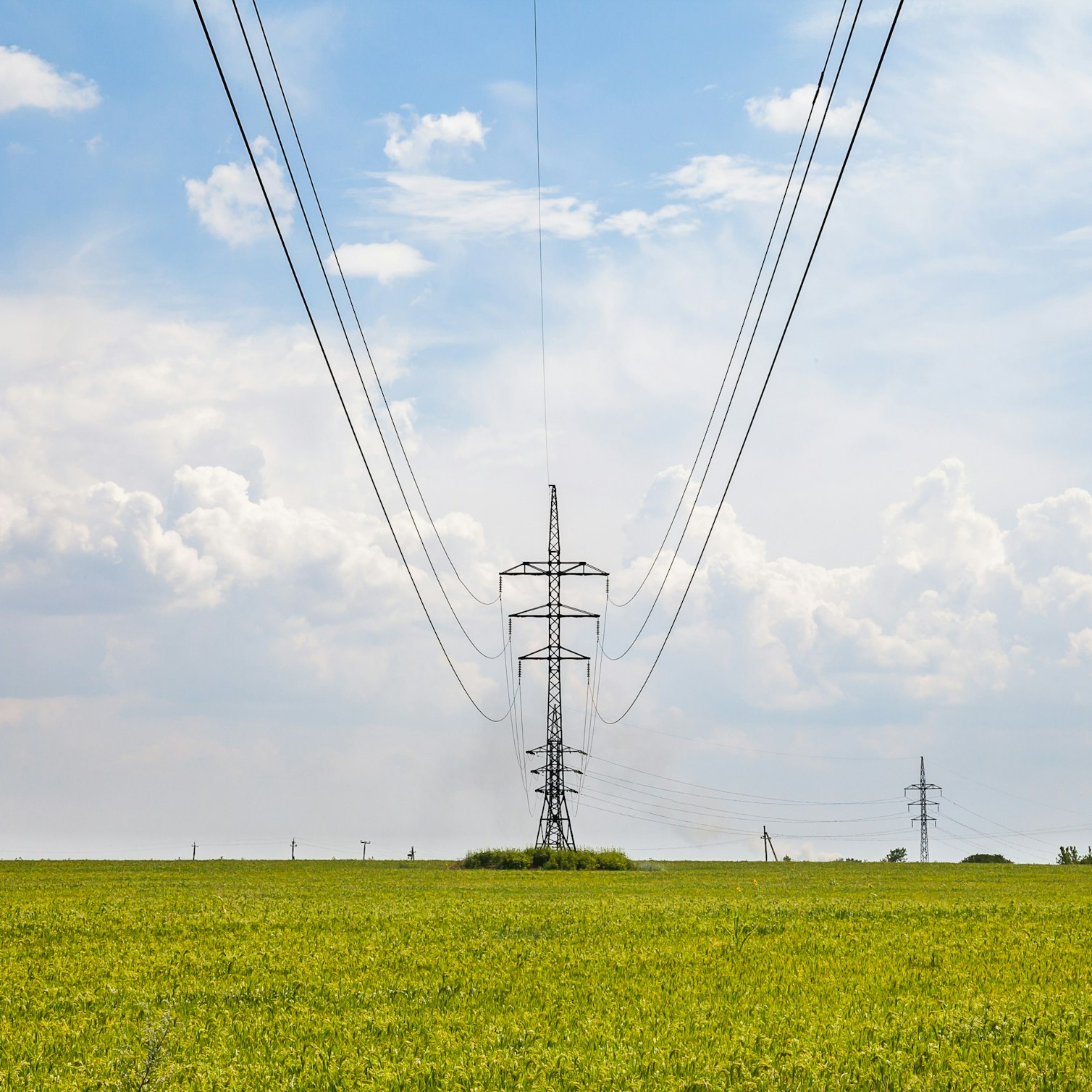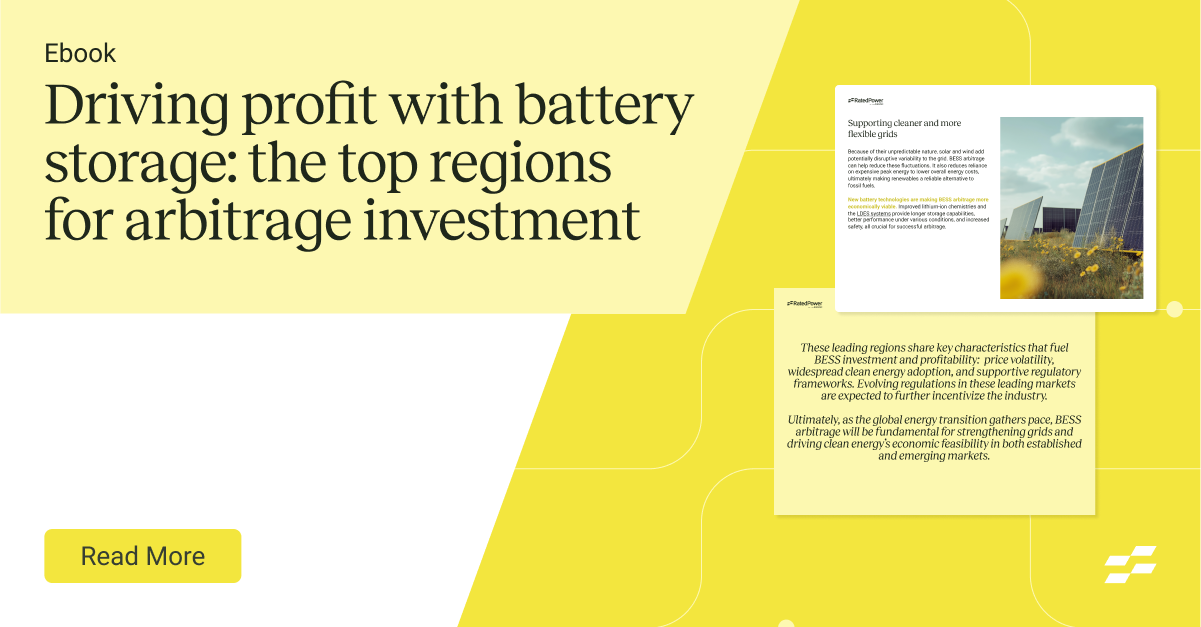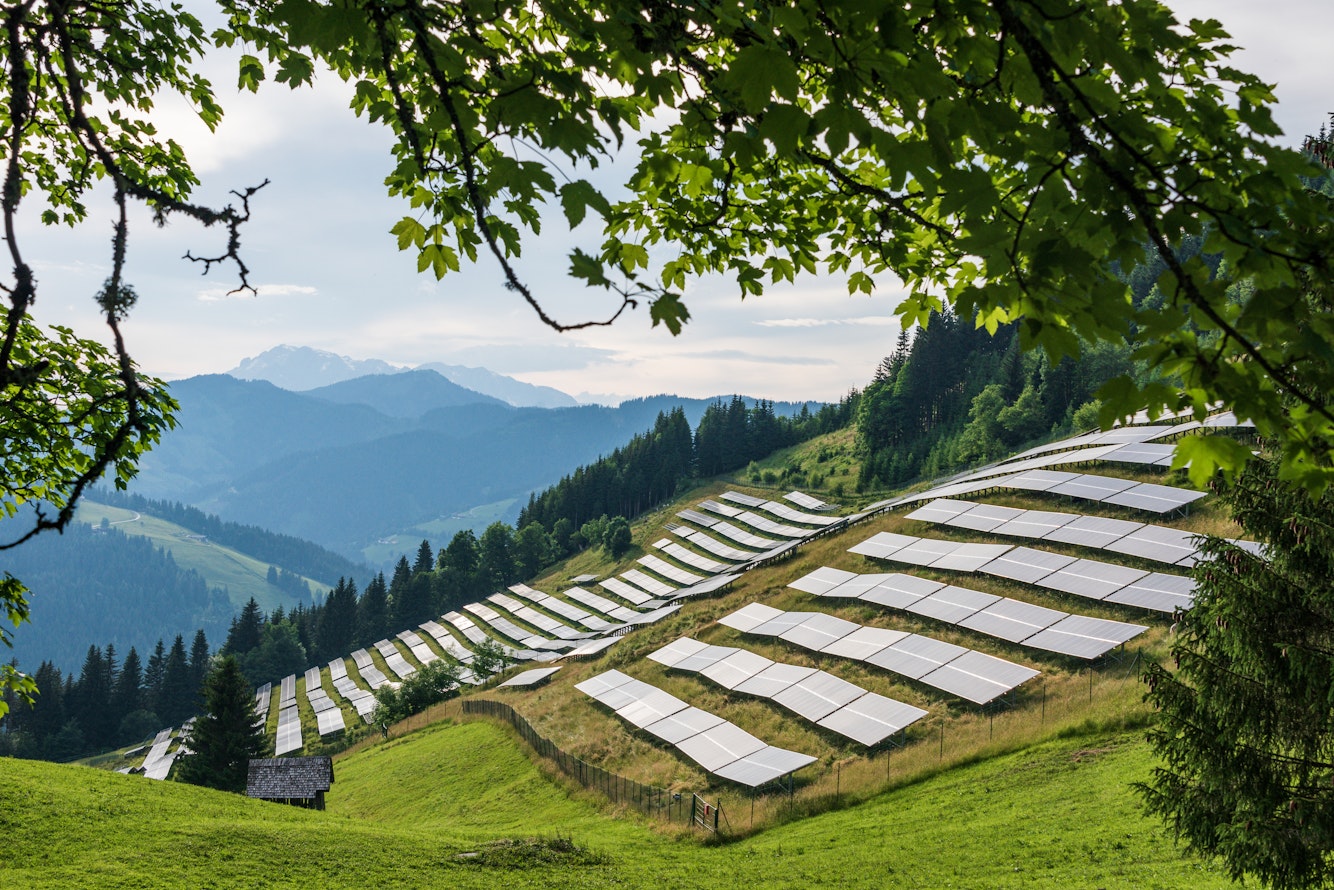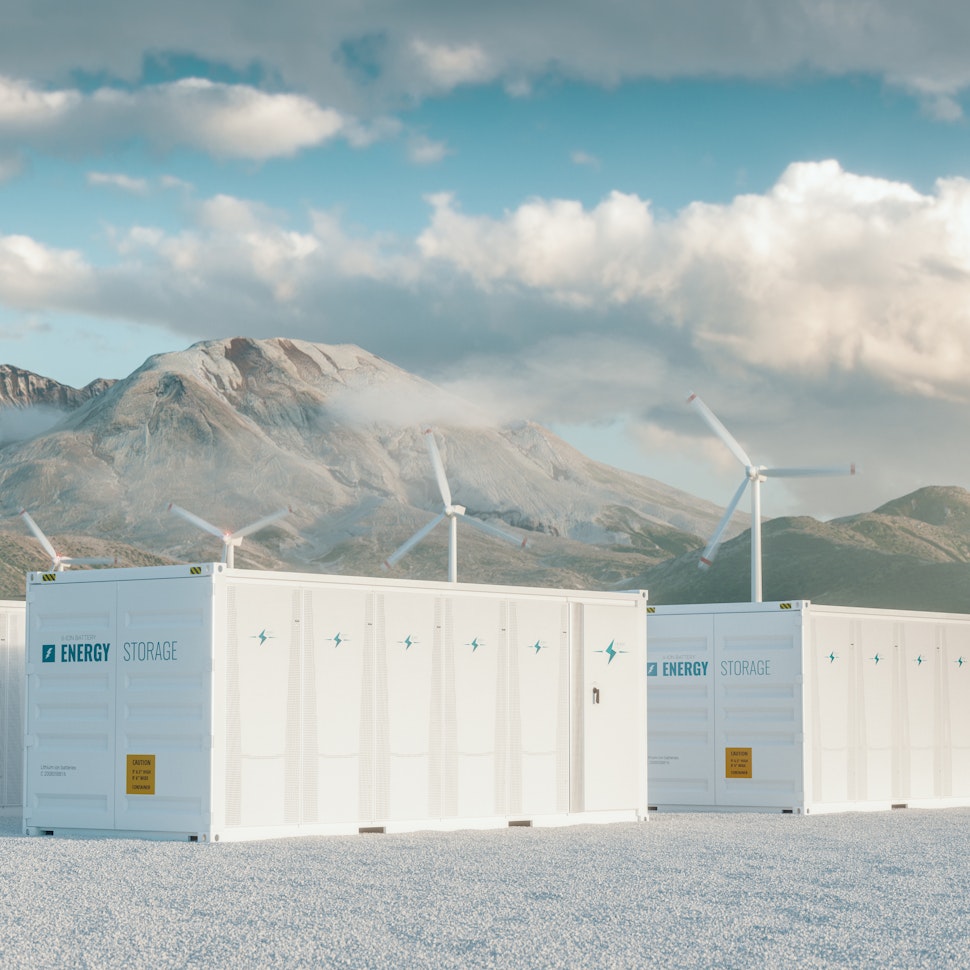- Solar energy blog
- Solarspitzengesetz: How it affects solar and negative pricing
Solarspitzengesetz: How it affects solar and negative pricing
Find out more about the Solarspitzengesetz, Germany’s Solar Peak Act, designed to prevent oversupply and price surges during peak solar generation.


Julian Scheer
Customer Success Manager
As a Principal Consultant at RatedPower, Julian Scheer is responsible for directly supporting clients throughout different markets. With his background in Heat and Power Engineering he is passionate about tackling climate related challenges both technically and from a behavioral perspective. For him transforming the Energy System of today is critical to ensure a more sustainable future!

Content
Now that PV systems supply nearly 15% of Germany’s electricity, its national grid (which was built for steady and predictable generation) is ill-equipped to handle midday overgeneration. Sharp solar spikes often push wholesale electricity prices below zero, effectively forcing producers to pay the market to take their power. And as the country races to double its PV capacity to 215 GW by 2030, it needs new market rules to manage these massive surges.
The German government passed the Solarspitzengesetz, or Solar Peak Act, in February 2025, a part of the EEG amendment package, specifically to address this challenge. Let’s examine how it’s revising current regulations to manage variable supply better and maintain grid stability as its solar capacity expands.
Battery energy storage isn’t just stabilizing the grid, it’s transforming into a serious revenue stream. Our eBook breaks down the top regions for BESS arbitrage, market trends, and the regulatory forces shaping the opportunity. Download the Driving Profit with Battery Storage: The Top Regions for Arbitrage Investment eBook to discover where the biggest returns lie and how to tap into them.

How does Solarspitzengesetz curb oversupply when prices go negative?
For the first 10 months of 2024, Germany recorded 430 hours of negative electricity prices. These events occur when solar generation peaks but demand remains low, typically around midday, on weekends, and public holidays.
It might seem logical to suspend feed-in, but this isn’t always economical or technically straightforward for solar operators. Many of them keep generating because they still qualify for fixed premiums, a subsidy paid regardless of market conditions, which can prolong oversupply periods and increase price swings.
The Solarspitzengesetz corrects that imbalance by tying subsidies to real-time prices. It amended Section 51 of the Renewable Energy Sources Act (EEG) to suspend subsidies for new PV systems during any 15-minute interval when prices turn negative. This applies to both fixed-tariff setups (where payments are set per kWh) and direct-marketing systems (where operators sell power on the market). By removing the incentive to keep exporting during negative-price periods, Solarspitzengesetz essentially encourages operators to store power or use it on-site.
Which PV systems are affected (and which aren’t)?
The new rules apply only to PV systems commissioned after February 25, 2025. Installations completed before this date retain their current compensation structure under grandfathering protections.
Affected systems
All new PV systems above 2 kW must suspend feed-in payments during any 15-minute period when market prices turn negative. How this is applied depends on the system’s metering setup:
Systems equipped with a smart meter can recover these unpaid intervals later under the catch-up rules.
Systems without a smart meter can feed no more than 60% of their output into the grid at any time.
Exempted systems
Systems under 2 kW are fully exempt from the new rules. They continue earning feed-in payments even when prices turn negative.
There’s also a grace period for systems between 2 and 100 kW. Until they install a smart meter, they continue receiving full feed-in payments and are not subject to the 60% feed-in limit.

Compensation through “catch-up” feed-in (Section 51a)
Section 51a (as amended by Solarspitzengesetz) allows operators of new PV installations to recover feed-in payments lost during negative-price intervals.
For systems commissioned after February 25 2025, any unpaid 15-minute blocks are added to the standard 20-year subsidy period in 15-minute increments. This Nachholzeit, or ‘catch-up’ extension, allows operators to earn those payments after the original funding period ends, thereby preserving their project’s economic viability. Just as importantly, it incentivizes them to curb output during oversupply.
The 60% rule for PV systems under 100 kWp
Solarspitzengesetz states that new PV systems under 100 kWp that do not have smart meter and remote-control capabilities must temporarily limit their grid feed-in to 60% of their installed capacity.
The cap is removed once the smart meter is installed and the remote-control test is successfully completed.In the meantime, Solarspitzengesetz encourages PV owners to use more energy on-site or store it.
Simulations conducted by the Berlin University of Technology and Economics indicate that this temporary feed-in limit isn’t as restrictive as it may seem. Feed-in losses from this cap range from 1.1% (for east-west systems) to 9% (for south-facing systems without storage). Most systems can avoid curtailment altogether by using batteries and managing their charging schedules to absorb midday peaks.
Download the 2025 Renewable Energy and Solar Research Report to unlock essential insights on the renewables industry. With expertise from our survey and data from solar simulations on RatedPower, the Report explores trends, challenges, and solar design preferences.
The role of storage and flexible loads
Solarspitzengesetz addresses midday oversupply with two complementary tools that together help PV operators make better use of their generation: storage and flexible loads.
On the storage side, the law offers two new EEG models that make it easier to combine PV systems with batteries:
The proposed flat-rate option (for smaller systems up to 30 kW PV) removes complex metering for DC-coupled batteries and automatically counts 500 kWh for every kW of PV capacity toward the EEG market premium. Operators don’t have to measure each kilowatt-hour.
The delimitation option (for larger PV–storage systems) requires separate meters for solar- and grid-charged electricity, but allows operators to export either type as long as it is sold through a balancing group.
Beyond simplifying metering, these models give operators more control over when and how they export electricity. Batteries can store surplus solar output instead of sending it into the grid when prices turn negative or feed-in is capped. This prevents curtailment, protects revenue, and eases stress on network infrastructure.
From the demand side, flexible loads programmed to run during solar peaks use electricity that would otherwise be curtailed. They reduce surplus exports and make full use of available generation.
Outlook
Once the new storage rules take effect (expected by late 2025), PV operators will have more ways to pair self-consumption with grid services. Batteries and flexible loads together can absorb midday generation peaks and ease pressure on the network as Germany’s solar capacity grows.
Driving Profit with Battery Storage: The Top Regions for Arbitrage Investment
This eBook breaks down the top regions for BESS arbitrage, market trends, and the regulatory forces shaping the opportunity. Download it to discover where the biggest returns lie and how to tap into them.

Latest stories
Related posts
Policy and regulation
Winning the auction: A developer’s guide to GEA-4 execution in the Philippines
Find out how solar design tools like RatedPower can accelerate bankable proposals for auctions like the GEA-4 in the Philippines.
Updated 23 OCT, 25

Policy and regulation
How PL 624 and PL 671 will transform Brazil’s solar energy market in 2025
Discover how Brazil's PL 624 and PL 671 bills are reshaping the country's booming solar energy market in 2025—balancing rapid growth with fair grid access and smarter regulations.
Updated 15 JUL, 25

Policy and regulation
Shining a light on the Solar Sunshot Program in Australia
Australia is on a tight deadline to install 28,000 solar panels a day for the next six years to hit its 2030 decarbonization targets — a tall order that hinges on ramping up domestic production.
To this end, the government launched Solar Sunshot, a $1-billion fund to help local PV companies commercialize their products and strengthen the country’s solar supply chains. Let’s explore this initiative and how it might affect the future of Australia’s energy.
Updated 14 JAN, 25

- RatedPower
- Solar energy blog
- Solarspitzengesetz: How it affects solar and negative pricing
 Watch a demo
Watch a demo Ask our AI Product Expert
Ask our AI Product Expert

